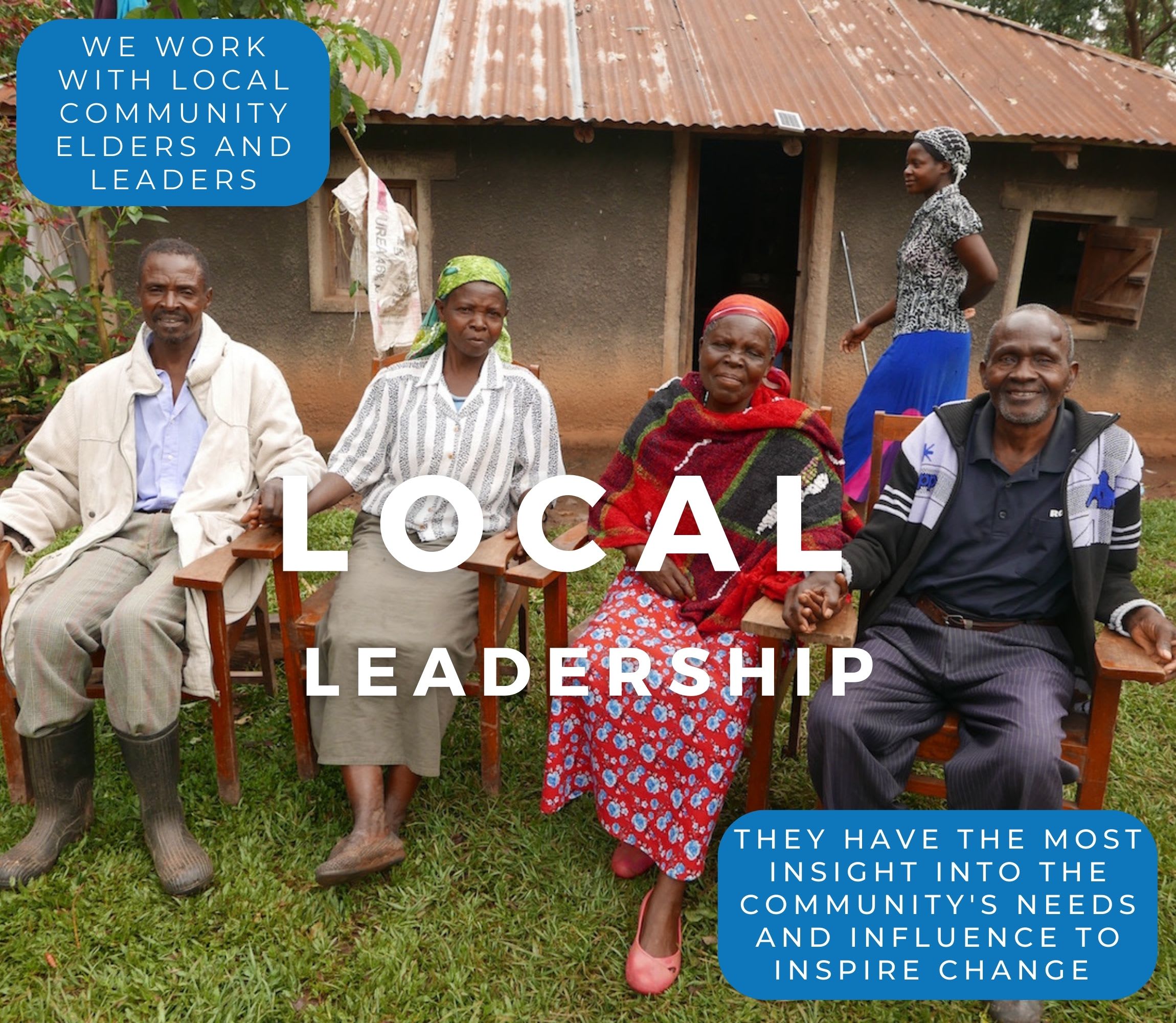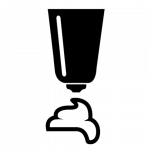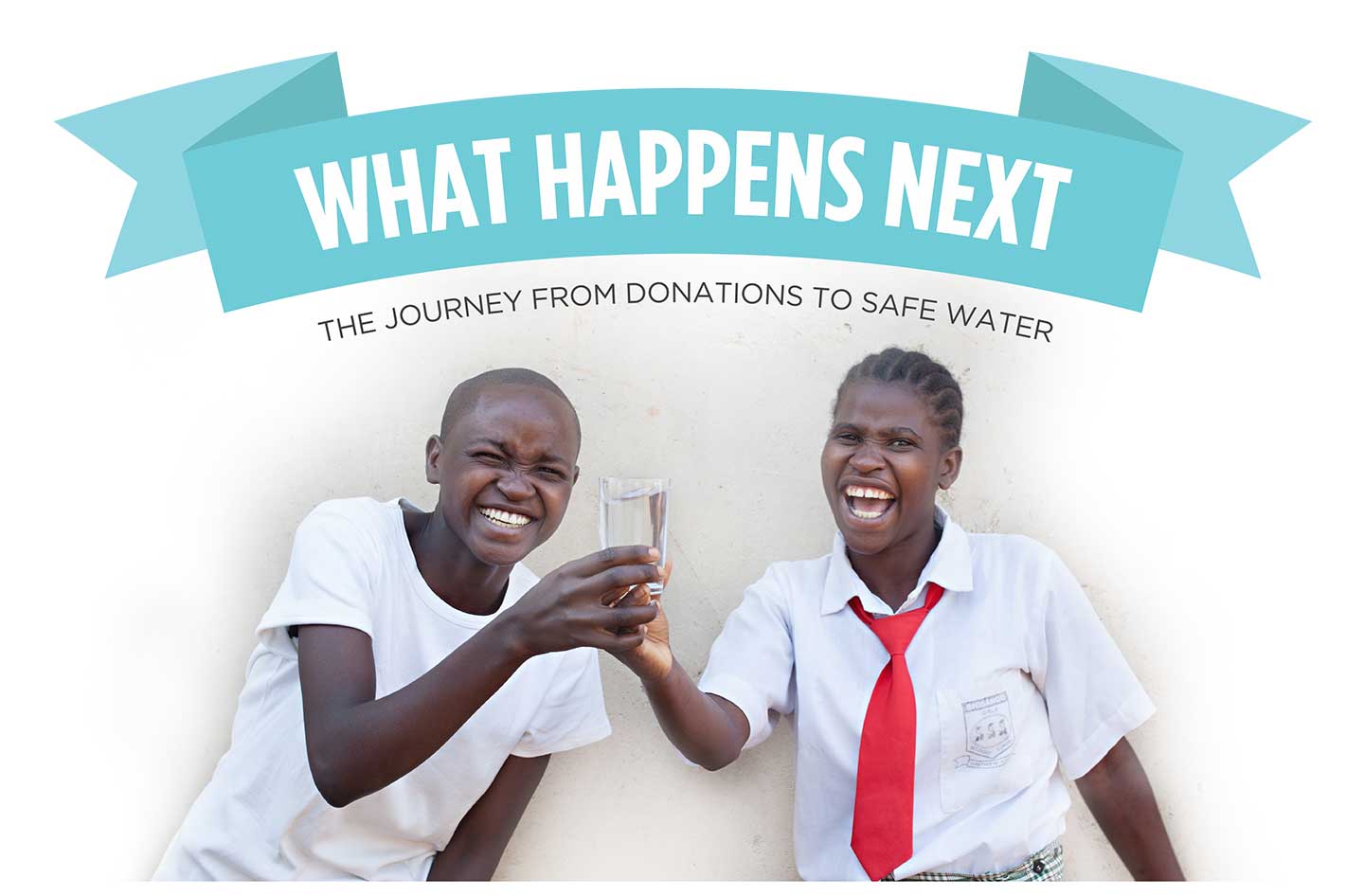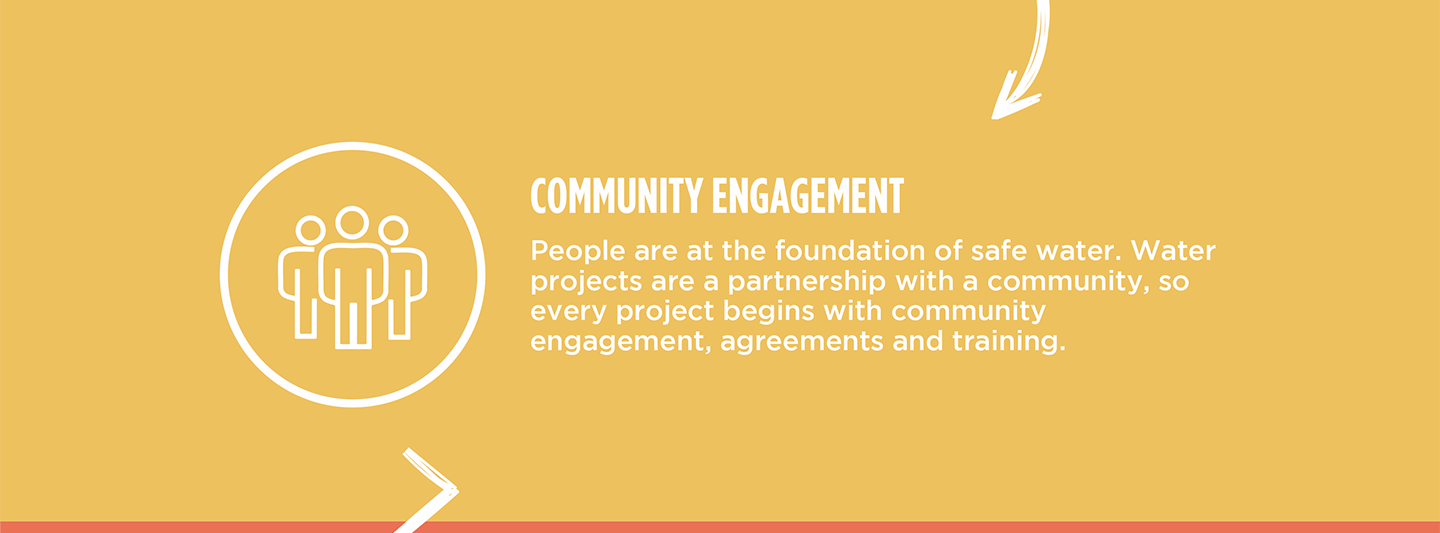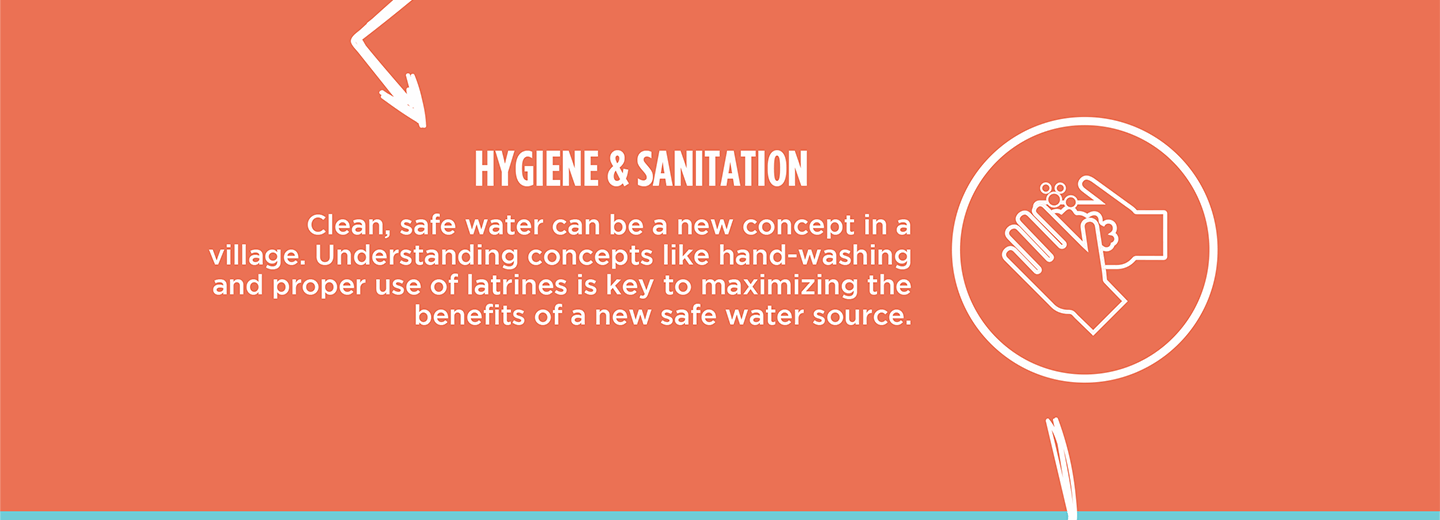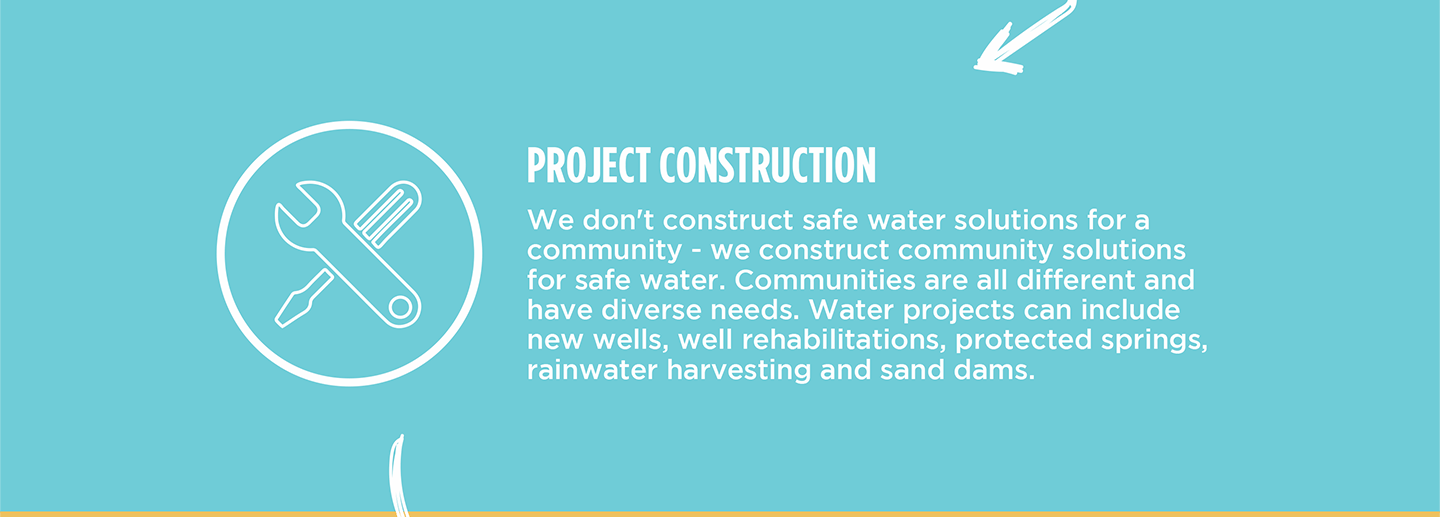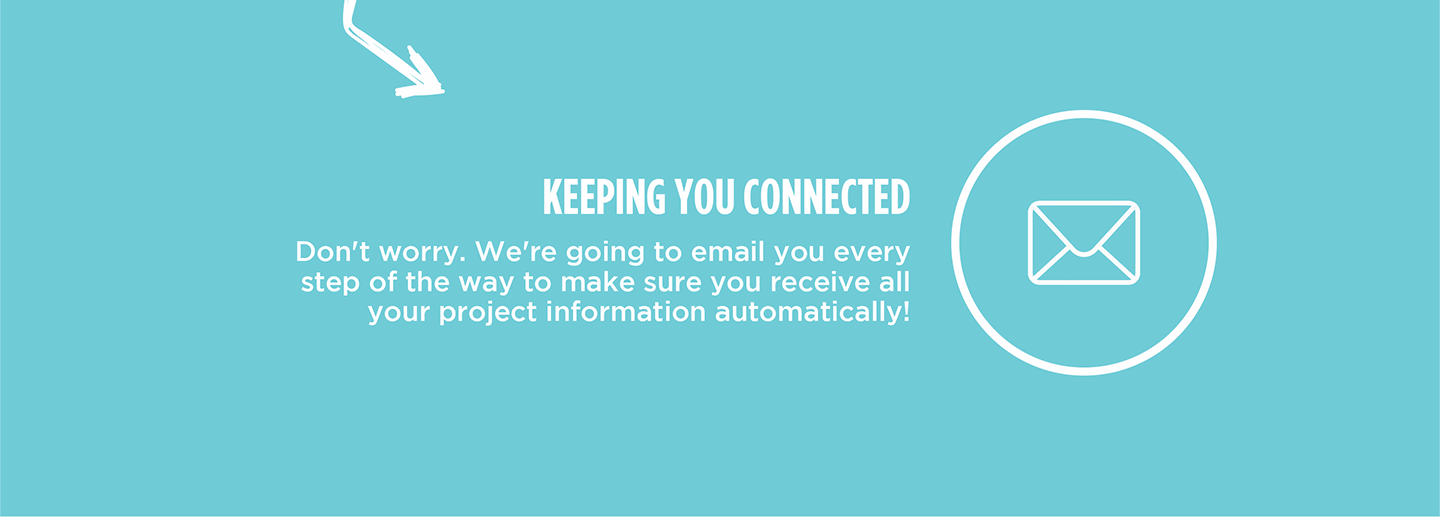April, 2024: Shirugu Community Spring Protection Complete!
Shirugu Community now has access to clean water! Thanks to your donation, we transformed their spring into a flowing source of naturally filtered water. We also installed a chlorine dispenser to provide added protection and trained the community on improved sanitation and hygiene practices. Together, these components will unlock the opportunity for community members to live better, healthier lives.

Celebrating clean water!
"As a member of this community, we have always had a challenge when it comes to unity. It has always been hard to get our people [to] come together for one common course. With the implementation of this spring, right from [the] mobilizing of the local materials to the implementation, I have seen my community people working together. I believe from now on, the problem of disunity has been resolved. It will be easier to work on other community projects that may come into our community," said 25-year-old farmer and the newly appointed secretary of the water user committee, Metrine Sioma.

Metrine celebrating clean water!
"Secondly, the issue of our people consuming semi-protected water has come to an end. We weren't sure of the safety of the water we used to drink, but now it's different. We will worry less about what might occur in terms of water-related diseases when consuming this water," said Metrine.
She continued, "My children will have an easy time accessing the water point, unlike before when the drawing point was always flooded. They will get ample time to even help me on the farm, enabling farm high yield, thus contributing to their school fees. I believe their future will be bright if they acquire [an] education."
"Access to this clean water has already changed my thinking. Through the field officer in charge, I have learned that people give the little and much they have to help others, thus enabling the implementation of this spring. The notion of "I am poor" has been scraped off my mind. I believe I can help someone somewhere, even in our community, with the little that I have. We can bring together whatever we have as a community and do much like the donors are doing. My future will be much [more] giving than receiving," concluded Metrine.
Children were just as excited as adults about the new water point.

Steven celebrating clean water!
"A lot has already improved just seeing this water point with a new look. My water fetching experience has changed. I will no longer be forced to step in the flooding waters at the drawing point. This water used to force me to remove my shoes whenever I would come to fetch water and this would irritate me. I'll be using [a] short time to fetch water because the spring is now easily accessible. I can use the time now to study and play with my friends. No fear of falling in the flooded waters. The staircases are just superb," said 14-year-old Steven.
"My parents will spend less money in treating us because whenever we would have stomach aches, my parents would associate it to the water from this water point. I believe that with this spring protected, we won't fall sick often," continued Steven.
"Now I can relax and study well, knowing that going home to fetch water is a fun task," concluded Steven.
Preparing for Spring Protection
Community members worked together to source and carry all locally available construction materials to the spring. These included bricks, sand, stones, and fencing poles. Some people also chiseled away at large rocks to break them into gravel. Because people have to carry most items by hand, the material-collection process can take anywhere from a few weeks to months.

Community members collecting materials.
When the community was ready, we sent a truck to deliver the remaining construction materials, including cement, plastic tarps, and hardware. Then, our construction artisan and field officers deployed to the spring to begin work. Individual households provided meals throughout each day to sustain the work team.
From Open Source to Protected Spring: A Step-by-Step Process
First, we cleared and excavated the spring area. Next, we dug a drainage channel below the spring and several runoff diversion channels above and around the spring. These help to divert surface contaminants away.
To ensure community members could still access water throughout the construction process, we also dug temporary channels around the construction site from the spring's eye. This allowed water to flow without disrupting community members' tasks or the construction work. Excavation created space for setting the spring's foundation, made of thick plastic, wire mesh, concrete, and waterproof cement.

Beginning the foundation.
After establishing the base, we started brickwork to build the headwall, wing walls, and stairs. Once the walls had grown tall enough, we began one of the most crucial steps: setting the discharge pipe. The discharge pipe needs to be positioned low enough in the headwall so the water level never rises above the spring's eye, yet high enough to allow room for the average jerrycan (a 20-liter container) to sit beneath the pipe without making contact, which prevents cross-contamination.
If we place the discharge pipe too high above the spring's eye, back pressure could force water to emerge elsewhere. Too low, and community members would not be able to access the water easily. We embedded the pipe using clay (or mortar when the clay is in short supply) and placed it at an incline to ensure water flows in the right direction.

Setting the discharge pipe.
In coordination with brickwork, we pitched stones on both sides of the spring's drainage channel. We then cemented and plastered each stone, forming the rub walls. These walls discourage people and animals from standing in that area, which could cause soil erosion and a clogged drainage area.
We then cemented and plastered both sides of the headwall and wing walls. These finishing layers reinforce the brickwork and prevent water in the reservoir from seeping through the walls. In turn, enough pressure builds in the reservoir box to push water out through the discharge pipe.

Plastering.
As the headwall and wing walls cured, we cemented and plastered the stairs and installed four tiles beneath the discharge pipe. The tiles protect the concrete from the falling water's erosive force while beautifying the spring and facilitating easy cleaning of the spring floor.
The final stage of construction is backfilling the reservoir box behind the discharge pipe. We cleared the collection box of any debris that may have fallen during construction. Then, we redirected the temporary diversion channels back into the reservoir box, channeling water into this area for the first time. We close all other exits to force water through only the discharge pipe.

Backfilling.
We filled the reservoir area with the large, clean stones community members had gathered, arranging them in layers like a well-fitting puzzle. We covered the rocks with thick plastic to minimize potential contamination sources, then piled enough dirt on top to compensate for future settling.
Community members transplanted grass onto the backfilled soil to help prevent erosion. The collection area was fenced to discourage any person or animal from walking on it. Compaction can lead to disturbances in the backfill layers and potentially compromise water quality.

The completed spring.
The construction process took about two weeks of work and patience to allow the cement and plaster to finish curing. As soon as the spring was ready, people got the okay from their local field officers to fetch water.
We officially handed over the spring to mark the community's ownership of the water point. Happiness, thanksgiving, and appreciation were the order of the day, flowing in all directions.

Celebration.
Training on Health, Hygiene, and More
Together with the community, we found their preferred date for training while considering other community calendar events, such as the agricultural season and social events. We requested a representative group of community members to attend training and relay the information learned to the rest of their families and friends.
When the day arrived, facilitators deployed to the site to lead the event. Twenty-one people attended the training, including 14 women and seven men.

We covered several topics, including community participation in the project; leadership and governance; personal, dental, and environmental hygiene; water handling and treatment; spring maintenance; the importance of primary health care and disease prevention; family planning; soapmaking; how to make and use handwashing stations; and the ten steps of handwashing.
During the leadership and governance session, we held an election for the newly formed water user committee leaders, who will oversee the maintenance of the spring. We also brainstormed income-generating activities. Community members can now start a group savings account for any future minor repairs to the spring and a cooperative lending group, enabling them to develop small businesses.

Learning to make soap.
Participants eagerly participated in the session on proper dental hygiene. Attendees were fascinated to learn that they should brush their teeth after eating a meal, especially after dinner. They were surprised to learn how bacteria could affect their teeth while they were asleep and listened intently as the trainer explained how letting the toothpaste work could help curb tooth sensitivity and cavities. Many participants had experienced these issues and were happy and eager to learn how to make a difference.

"Water safety was the topic that came out interesting for me. The trainer took us through how to handle the water that has been protected all the way from the water point to storing it at home. She encouraged us to change the water every three days. She informed us that a chlorine dispenser would soon be installed at our water point and that once this is done, we should always treat water using the chlorine," said 59-year-old farmer and village elder Ann Kataka.
"This training, especially on-site management, has pushed my emphasis to the community members about being our property and brothers keepers. As the village elder, I receive many cases of theft, and I always ensure the lost items have been recovered and the culprits arrested. Having been advised to ensure that our spring remains intact (the barbed wire and chain link), I have used this opportunity to also warn the community about them replacing anything that may go missing at the spring. They will incur the cost if they harbor any perpetrator," continued Ann.
"I would request that this training be done annually in our community, just to refresh our people about what they have learned and bring them more ideas that could improve their livelihoods," concluded Ann.
Conclusion
This project required a substantial collaboration between our staff, our in-country teams, and the community members. When an issue arises concerning the spring, the water user committee is equipped with the necessary skills to rectify the problem and ensure the water point works appropriately and there is guaranteed public access in the future. However, if the issue is beyond their capabilities, they can contact their local field officers to assist them.
Also, we will continue to offer them unmatchable support as a part of our monitoring and maintenance program. We walk with each community, problem-solving together when they face challenges with functionality, seasonality, or water quality. Together, all these components help us strive for enduring access to reliable, clean, and safe water for this community.
With your contribution, one more piece has been added to a large puzzle of water projects. In Kenya, Uganda, and Sierra Leone, we're working toward complete coverage. That means reliable, maintained water sources within a 30-minute round trip for each community, household, school, and health center. With this in mind, search through our upcoming projects to see which community you can help next!
Thank you for making all of this possible!







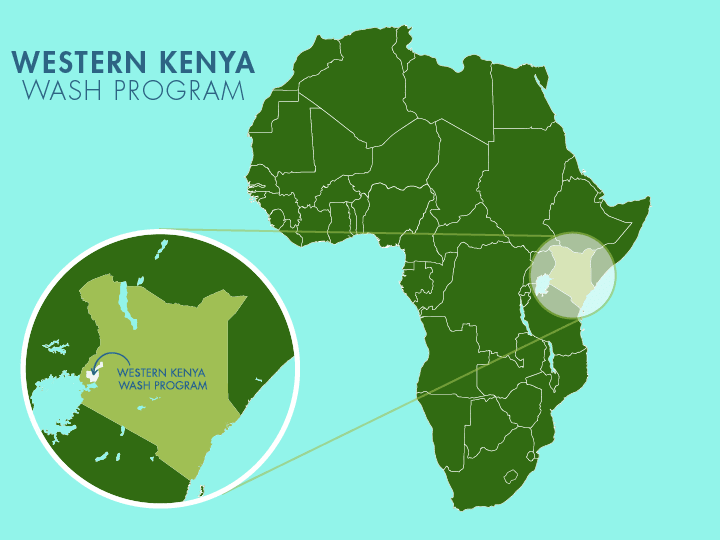
 Protected Spring
Protected Spring
 Rehabilitation Project
Rehabilitation Project

